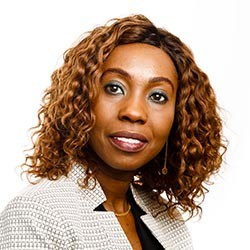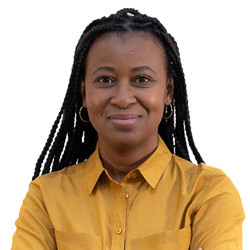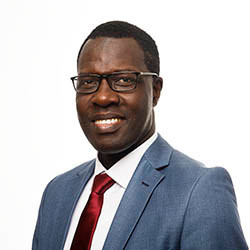Guinea
The Context
Lying on the Atlantic coast of West Africa, just south of Senegal, Guinea had a population of 12.6 million in 2015, according to World Bank estimates, spread across 245,860 square kilometres.
Guinea is slowly emerging from the twin shocks of Ebola and low commodity prices that battered its economy in 2014 and 2015. After stagnating in 2015, Gross Domestic Product (GDP) was projected to grow by 5.2 per cent in 2016 aided by increased output of bauxite and gold, and a resilient agricultural sector.
About 55 per cent of Guinea’s population lived in poverty in 2012, up from 49 per cent in 2003. Poverty is likely to have worsened because of the Ebola crisis, especially in the poorer south-eastern areas that were most affected by Ebola.
About 67 per cent of Guineans live in rural areas. Most are subsistence farmers on very small plots. About 63 per cent of rural people are poor, twice the rate in urban areas.
Productivity is low because farmers have little access to information, new technologies, basic infrastructure or rural financial services.
Rural dwellers have few ways to earn except farming, and availability of healthcare, education and safe drinking water is very limited in rural areas.
Developing agricultural value chains in Guinea is very difficult, because institutions and the regulatory framework are weak, government services work badly, basic infrastructure is inadequate and there are too few rural finance institutions.
The Strategy
In Guinea, IFAD loans work to reduce rural poverty, support sustainable development of the agricultural sector and help build capacity for better local governance.
Our approach supports decentralization and local development, and the development of agricultural value chains.
Key activities include:
- strengthening local governance and increasing participation by rural poor people and their associations in policy development and budget planning at local and national levels;
- improving small-scale producers’ access to services that can enhance production efficiency, helping them enter competitive markets, supporting farmers’ organizations and building transparent value chains; and
- helping marginalized groups, particularly women, access microcredit facilities adapted to their needs.
Results-based country strategic opportunities programme (COSOP):
Arabic | English | French | Spanish
Country Facts
About 67 per cent of Guineans live in rural areas, and are subsistence farmers on very small plots.
Poverty is especially marked in rural areas, where about 63 per cent of people are poor, and poverty is twice as common as in towns.
Since 1980, IFAD has supported 13 programmes and projects in Guinea investing US$182.2 million and directly benefiting 551,450 rural households.


